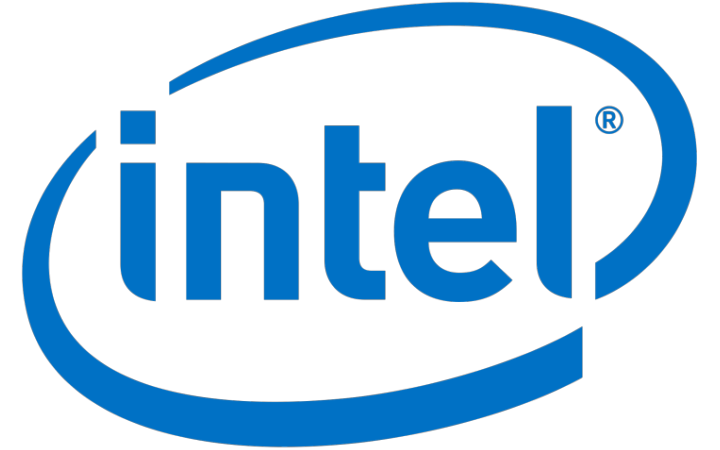Intel Admits CPU Shortages Will Persist Until the Third Quarter of 2019
Intel said in a conference call that despite its $1.5 billion investment last year to boost production capacity for its 14nm process node, the CPU shortages would not be solved until the third quarter of the year.
The company also said it would not begin volume production of 10nm chips until the holiday season of this year. Even so, a recent leaked Intel roadmap showed that most of Intel’s future CPU SKUs would be built on the 14nm process until at least the end of 2020.
Intel CPU Shortages To Continue
Intel’s CPU shortages have affected virtually every single supplier of PC components since the second half of 2019. The company must have felt the pressure from this because its CEO now promises never again to repeat this mistake and slow down its customers’ sales.
Intel CEO, Robert Swan, said in the conference call that:
“Our supply constraints have had a disruptive impact on our customers and ecosystem. We've committed never again to be a constraint on our customers' growth. We've increased capacity to improve our position in the second half, although product mix will continue to be a challenge in the third quarter as our teams align available supply with customer demand.”
A day earlier, Microsoft said Intel’s CPU shortages aren’t a big deal anymore, after stating in January that the shortages were affecting Windows sales. However, Microsoft may not be as affected in part because Intel prioritized the production of Xeon and Core i7/i9 processors that would normally be destined for systems that Microsoft’s enterprise customers would use. Additionally, some OEMs have started switching to AMD processors, which is certainly one way to end the “CPU shortages.”
Intel Improves 10nm, But Most New SKUs Will Use 14nm
Although the company said that its confidence in the 10nm process is growing and that it should have “client systems on shelf” by holiday season this year, a leaked roadmap doesn’t paint the same half-rosy picture. Instead, it shows that most of Intel’s future desktop CPU SKUs will continue to be built on the company’s aging 14nm process up until the end of 2021.
Get Tom's Hardware's best news and in-depth reviews, straight to your inbox.
Intel’s new CEO said he wants to transform the company from being “PC-centric” to being “data-centric.” However, this new focus for the company seems to have started with the left foot, as the company’s data-centric revenues were down 5% quarter-over-quarter, while the PC-centric business grew 4%.
Lucian Armasu is a Contributing Writer for Tom's Hardware US. He covers software news and the issues surrounding privacy and security.
-
mdd1963 Wise way of wording things, which covers them for everything improving in perhaps as little as 65 days, or, ....perhaps...215 days...!Reply
Now that the word is out no one will see desktop 10 nm CPUs until 2021, their word is pretty much...dirt. -
hannibal Most likely 10nm is doing just fine. The problem is that 14++++ is too good. So They Are getting quite good yealds From 10nm. But 10nm does not get as high speed as old 14nm does. So datacenters and laptops goes to 10nm in this year, because electricity usage is important. But desktops remain 14++++ proses because it is faster than new 10nm. By 2021 They hope than 10nm is near as fast as their 14+++ is now.Reply -
InvalidError Reply
My bet is that Intel is prioritizing whatever likely limited 10nm capacity it has for higher-margin products than mainstream CPUs such as its 10nm Agilex FPGAs. This would explain why the allegedly leaked roadmaps don't have mainstream 10nm until 2022: most of the 10nm production until then is going elsewhere and once Intel gets 7nm into production, high-margin products will go 7nm while mainstream will get migrated to freed-up 10nm fabs.hannibal said:They Are getting quite good yealds From 10nm. But 10nm does not get as high speed as old 14nm does.
Almost like Intel is planning an exit strategy from mainstream PCs, relegating them to secondary if not tertiary priority. -
cryoburner Reply
I wouldn't say that being multiple years late while still not likely meeting the performance levels of their old tech can be classified as "doing just fine".hannibal said:Most likely 10nm is doing just fine.
Then again, maybe they have 10nm desktop CPUs on-track for next year, and this leak was distributed by them to encourage people to keep buying their existing CPUs in the mean time. : P
If their desktop processors do end up being stuck on 14nm for a couple more years, it could be interesting to see what happens with AMD's more competitive hardware in the mean time. -
DotNetMaster777 Wait for new product ))) and check of its performance test !!!Reply
Is there any information about expected price ????? -
InvalidError Reply
If trends from the last couple of years hold up, expect 10-20% price bumps across the board especially if Intel bumps core/thread counts for a given product tier.DotNetMaster777 said:Is there any information about expected price ?????
